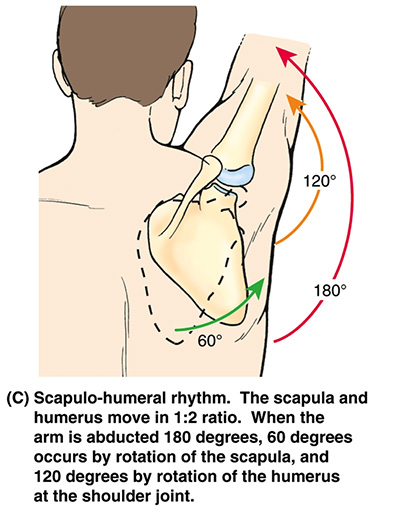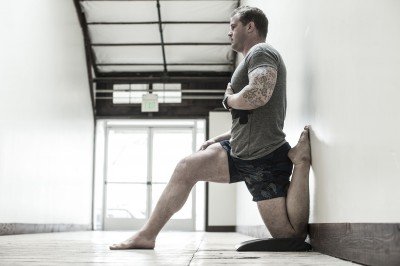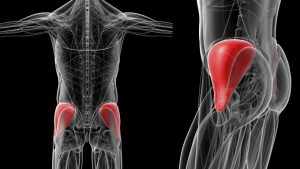
Overhead training and pain
April 19, 2017
Stretching and mobility work! Supple leopard yes or no ???
May 16, 2017 Chronic neck pain associated with headache is a common condition nowadays, As a result of the nature of desk-jobs. These jobs are
Chronic neck pain associated with headache is a common condition nowadays, As a result of the nature of desk-jobs. These jobs are
by long hours of sitting still behind a desk and minimal movement. Although this condition is not limited to sitting for hours, however it is one of the more common reasons. In the simplest terms, humans were designed to move, climb, run, jump, and generally be active. However, unfortunately the modern lifestyle and technology’s influence has made life physically easier for us. As a result, the gift of movement has quickly been stripped of our lifestyle.
Lack of natural human movements and being adapted to wrong postural behaviors can inhibit some muscles and cause mechanical dysfunction by overloading other muscle groups to perform a specific task. By default, the brain will start to compensate the gap in that particular movement pattern in order to get the task done. This in turn, causes a mechanical dysfunction. A good example of this is chronic neck pain with tensional headache. Long hours of sitting, typically a result of desk jobs, will inhibit the gluteal muscles as well as the core and will give the neck extensors a hard time to carry the weight of the head.
How that does happen?
First of all we should understand that the muscle is not weak, and it will be able to lift heavy weights using that particular muscle. The difference is, you will not be able to lift the weight of the leg itself or the bodyweight for high repetitions (i.e 50 reps), which means the muscle does not have enough endurance or “functional capacity”.
If  we go back to the concept of “your body adapts to your movement” which applies here, we could safely say that by sitting, you deactivate your glutes and your brain will understands the following; “I don’t need all the capacity in here. So I’ll get rid of it!”. Anything your body does not utilize, your brain will dismiss. Another simple example of the same concept; a fractured forearm fixed in a cast at 90 degrees elbow flexion for 4-8 weeks will remain within that limited range of motion after removing the cast, although it was normal before the fracture. But, during this period, the soft tissue around the joint adapted to that new range, which results in a stiffness and a limited capacity of mobility.
we go back to the concept of “your body adapts to your movement” which applies here, we could safely say that by sitting, you deactivate your glutes and your brain will understands the following; “I don’t need all the capacity in here. So I’ll get rid of it!”. Anything your body does not utilize, your brain will dismiss. Another simple example of the same concept; a fractured forearm fixed in a cast at 90 degrees elbow flexion for 4-8 weeks will remain within that limited range of motion after removing the cast, although it was normal before the fracture. But, during this period, the soft tissue around the joint adapted to that new range, which results in a stiffness and a limited capacity of mobility.
Thus, if you have a chronic neck issue and you tried to stretch it, strengthen the muscles around it, or even relaxing the tension by giving it a massage, myofascial release, or even a dry needling session; and the result was merely temporary pain relief, try to find the cause of the pain rather than working on the source of it. Try activating your gluteal muscles after releasing the tension in your neck and see the difference.
Ahmed.


